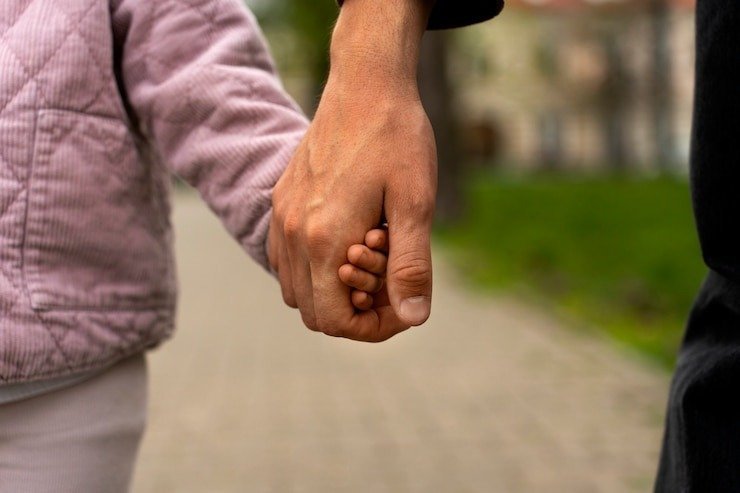In a world grappling with environmental challenges, the need for innovative solutions has never been more pressing. The concept of creativity extends far beyond the realm of art and design; it encompasses a way of thinking that fosters problem-solving, collaboration, and a vision for a sustainable future. As we unite our creative energies, we can pave the way for a greener Earth, where human ingenuity and environmental stewardship coexist harmoniously.
The Power of Creative Thinking
Creativity is often seen as the ability to produce something new or original. However, its true power lies in its capacity to transform challenges into opportunities. When applied to environmental issues, creative thinking can lead to innovative ways to reduce waste, conserve energy, and promote sustainability. From the smallest grassroots movements to large-scale corporate initiatives, creativity is at the heart of every successful endeavor aimed at protecting our planet.
Innovative Solutions to Environmental Issues
Across the globe, communities are harnessing their creativity to tackle pressing environmental challenges. Some notable innovations include:
- Urban Gardening and Vertical Farms: As cities continue to grow, the demand for local food sources increases. Urban gardening initiatives and vertical farms are creative solutions that utilize limited space to produce fresh, organic produce while reducing transportation emissions.
- Upcycling and Repurposing: The upcycling movement encourages individuals to view waste as a resource. By creatively repurposing discarded materials into functional or artistic items, we can reduce landfill waste and promote a circular economy.
- Renewable Energy Technologies: Innovation in renewable energy, such as solar panels, wind turbines, and bioenergy, reflects the creative application of science and technology to harness natural resources sustainably.
Collaboration for Change
Creativity flourishes in collaborative environments. By bringing together diverse perspectives, communities can develop holistic solutions to environmental problems. Collaborative initiatives often lead to the sharing of ideas, skills, and resources, amplifying the impact of each participant’s contributions. For instance, community workshops that focus on sustainability practices, such as composting or energy conservation, not only educate but also foster a sense of unity and shared purpose.
“Creativity is thinking up new things. Innovation is doing new things.” – Theodore Levitt
Education and Awareness
Education plays a vital role in nurturing creativity for a greener Earth. Schools, universities, and community organizations can integrate environmental education into their curriculums, encouraging students to think critically about sustainability and develop their creative problem-solving skills. Workshops, competitions, and art projects centered around environmental themes can inspire the next generation of eco-innovators.
The Role of Technology
In an increasingly digital world, technology serves as a powerful tool for fostering creativity and driving environmental change. Digital platforms can facilitate collaboration, allowing individuals from different backgrounds to connect and share innovative ideas. Additionally, advancements in technology enable the creation of smart solutions for energy management, waste reduction, and resource conservation.
Case Studies of Creative Environmental Initiatives
To illustrate the potential of creativity in environmental action, here are a few inspiring case studies:
- The Ocean Cleanup: This initiative aims to remove plastic debris from the oceans using innovative technology. By deploying floating barriers and advanced systems, the project creatively addresses the global crisis of ocean pollution.
- TreeHugger: An online community and platform dedicated to sustainable living, TreeHugger encourages creativity in eco-friendly practices through informative articles, DIY projects, and lifestyle tips that promote greener choices.
- Art for the Earth: Artists around the world are using their talents to raise awareness about environmental issues. From large-scale installations to community art projects, these creative endeavors highlight the importance of protecting our planet.
Conclusion: A Call to Action
The journey towards a greener Earth is not solely the responsibility of policymakers or environmental organizations; it requires the collective creativity and action of individuals across all sectors. By embracing our creative potential, we can inspire change and contribute to a more sustainable future. Whether through grassroots initiatives, innovative technologies, or artistic expressions, every effort counts in the fight against environmental degradation.
Let us unite our creativity and passion for the planet, for it is together that we can truly make a difference. The time for action is now, and creativity is a powerful ally in our quest for a greener Earth.
